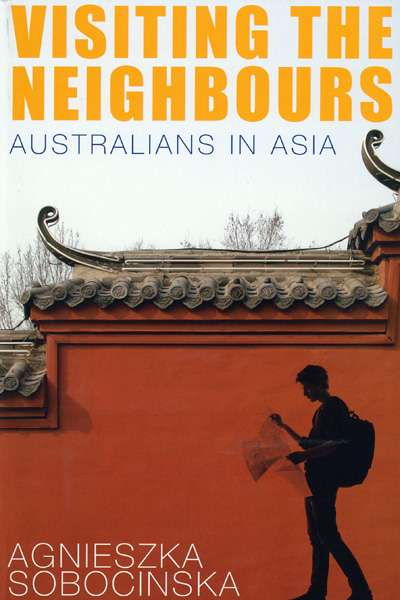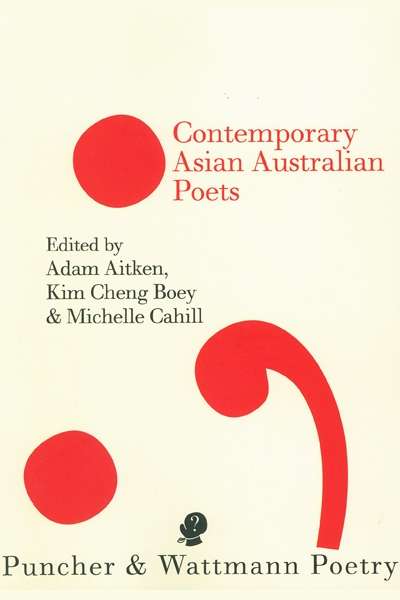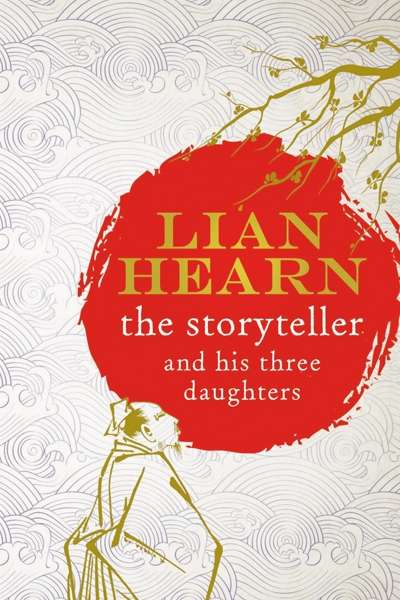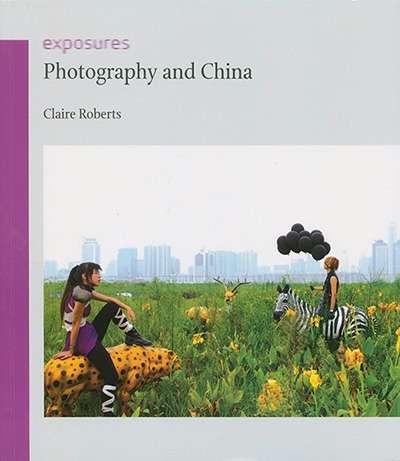Asian Studies
Visiting the Neighbours: Australians in Asia by Agnieszka Sobocinska
It was timely that halfway through reading this book, I glanced up to see Clive Palmer on Q&A vowing to stand up to ‘the Chinese mongrels’. It was as if a columnist from the Bulletin circa 1895 had risen from the grave to thump a battered tub and warn us about the monster intent on destroying ‘our Australian way of life’. Images like these still lurk in the bedrock of White Australian consciousness, and Palmer’s outburst was a reminder of how readily they can be summoned.
... (read more)A War of Words: The man who talked 4000 Japanese into surrender by Hamish McDonald
Hamish McDonald has for more than thirty years written about foreign affairs and defence in Asia for publications such as the Sydney Morning Herald, Far Eastern Economic Review, and, more recently, as the world editor for the Saturday Paper. His writings on Indonesian politics and Australian complacency over the Balibo controversy have been more likely to put him in the firing line than on the bestseller’s list in Jakarta’s bookshops, but his tenacity and journalistic skills place him among Australia’s finest. In a departure from his usual subject matter, McDonald has shone a spotlight on Japan’s historical past in the form of a memoir. A War of Words owes its origins to a chance encounter while he was on assignment in Tokyo when the Japanese economic bubble was at its peak. After a fellow journalist gave him a box of papers that included photographs and an anecdotal manuscript of the life and adventures of one Charles Bavier, McDonald spent the better part of three decades piecing together the details of Bavier’s colourful life. Besides being an excellent tale, The War of Words represents an enlightening chapter in the history of both Japan and its ever-changing relationship with Australia.
... (read more)Crazy Little Heaven: An Indonesian Journey by Mark Heyward
Crazy Little Heaven provides an account of Mark Heyward’s life in Indonesia. The book offers readers an affectionate insight into this nation and its diverse culture. In 1992, Heyward travelled from Tasmania to East Kalimantan to work as a teacher. He was initially blinded by fantasies of Indonesia as the stomping ground ‘of Joseph Conrad, of the White Rajas of Sarawak … of Tom Harrison, King of the Headhunters’. With time, Heyward gained a more accurate – and more exciting – perspective on his new home. Heyward, travelling around the country by boat, became entranced with Indonesia’s wildlife. He grew accustomed to meals of nasi putih and egg. He also fell in love, and this love played a significant role in his conversion to Islam.
... (read more)Lu Xun's Revolution: Writing in a Time of Violence by Gloria Davies
This richly documented study of China’s pre-eminent writer Lu Xun (1881–1936) by Gloria Davies cannot fail to provoke deep reflection on the issue of the creative writer, artist, philosopher, or scholar and his or her involvement in politics. For Lu Xun, the issue was exacerbated by the brutal reality of China in the late 1920s and early 1930s, a ‘time of violence’, as suggested by the book’s subtitle. Highly emotive patriotism had generated political activism, and abstract ‘revolution’ had an uncanny religious aura with its promise of an ideal future society. Violence came from an intense struggle for power, and political parties were defined by an army and an extensive network of informers and assassins: public and secret executions instilled fear in the faint-hearted and, at the same time, produced heroes who were prepared to sacrifice themselves. Intellectuals were recruited into the propaganda machinery of the Nationalist Party or the Communist Party, and individuals had no option but to adopt a political stance.
... (read more)The Reporter and the Warlords: An Australian at Large in China’s Republican Revolution by Craig Collie
Celebrity knows no borders, so the Australian visitor to Xi’an, capital of China’s north-western province of Shaanxi, shouldn’t be too surprised to come across images of compatriots like Hugh ‘Wolverine’ Jackman and Nicole ‘Face of Chanel’ Kidman adorning the city’s retail centre. But if they look around in Xi’an’s museums and historical di ...
Contemporary Asian Australian Poets edited by Adam Aitken, Kim Cheng Boey, and Michelle Cahill
This is one of the more vital and significant poetry anthologies to appear in Australia. It has been compiled with a purpose as sophisticated and complex as the arguments for existence that it posits. It is an anthology not so much of ‘region’ (it is a rather massive one), as of the experience of being or having been from Asian heritages in contemporary Australia.
... (read more)The Storyteller and his Three Daughters by Lian Hearn & Henry Black by Ian McArthur
For centuries, Japan has magnetised the West’s imagination, evoking both fear and fascination. In the late nineteenth century, when most writers and readers in Europe, North America, and Australia had yet to see this ‘young’, newly accessible country for themselves, literary fantasies on the Madam Butterfly theme became a craze. Then, after Japan invaded its neighbours and defeated the Russian fleet, invasion fiction and drama flourished. Later, stories about geisha and yakuza served the same two purposes, attracting some and frightening others. Many readers are better informed now, yet the ‘Lost in Translation’ genre continues to cater to those who prefer Japan to remain weird and inscrutable, while ‘Last Samurai’ narrativesenable others to fantasise about the virtues of a past, more civilised age. Anime and manga continue to fascinate their fans across the world. There is a nascent revival interest in rakugo; surprisingly, the authors responsible for introducing it to Western readers are Australians.
... (read more)W. Macmahon Ball: Politics for the People by Ai Kobayashi
William Macmahon Ball (1901–86) was many things: an academic, a diplomat, a writer, and what we would now refer to as a ‘public intellectual’. As Ai Kobayashi’s new study of this fascinating man ably demonstrates, Ball was predominantly an educator. In the classroom, through books, and in the media, Ball encouraged his audience to reflect more deeply and actively on Australia’s relations with the outside world. From World War II onwards, Australia’s relationship with Asia was among his chief concerns. During his time as Professor of Political Science at Melbourne University (1949–68), Ball did much to accelerate the development of Asian studies in Australia.
... (read more)Australia’s Asia: From Yellow Peril to Asian Century edited by David Walker and Agnieszka Sobocinska
The launch last October of the Gillard government’s White Paper Australia in the Asian Century was quite a show; in Pakistan it would have been called a tamasha – to use the lovely Urdu word for a song and dance. A flock of officials, business figures, commentators, and consultants looked grave and prophetic as they preached the importance of Asia – as if it were a new idea (their own). But as the editors of Australia’s Asia point out in their introductory chapter, ‘we have been here before’. The significance of Asia to modern Australia has been clear ever since the first ship from Bengal arrived in the infant settlement of Sydney in 1791. And it is now increasingly clear that the effects of contact with Asia on Aboriginal Australia were also considerable. While the degree of Asia’s importance may have varied, the fact of that importance is a constant.
... (read more)China’s extraordinary economic and cultural ascent during the past two decades has generated significant international interest in Chinese contemporary art, especially in photography now widely promoted in the West as ‘Chinese new art’. Since it was first introduced to China in the 1840s, photography has languished somewhat, overshadowed by the traditional arts of brush painting, calligraphy, and ceramics, which have for centuries defined ‘Chinese art’. Historically, photography (and film) in China have been relegated to the status of reportage or propaganda, used by the state to instruct, indoctrinate, and unify its people.
... (read more)










